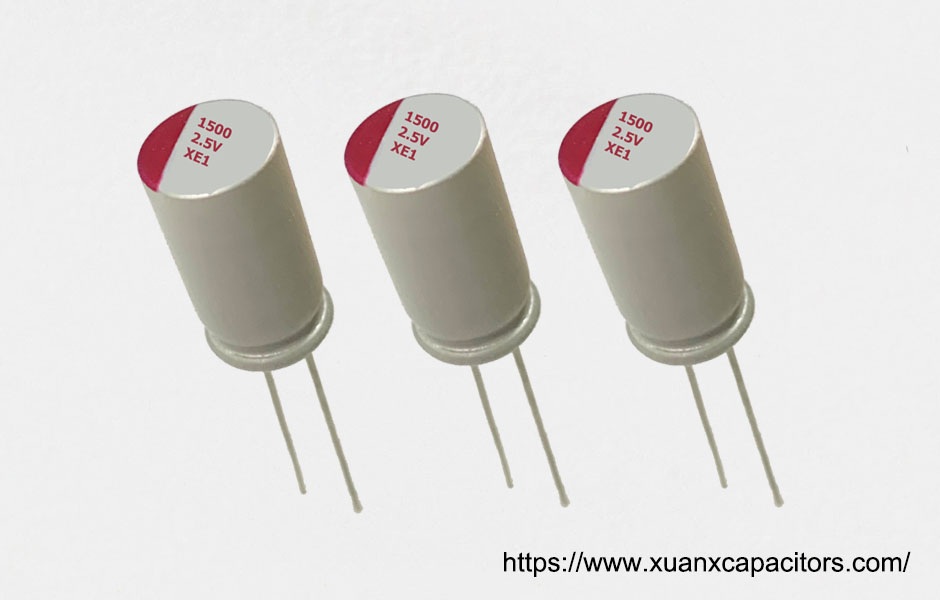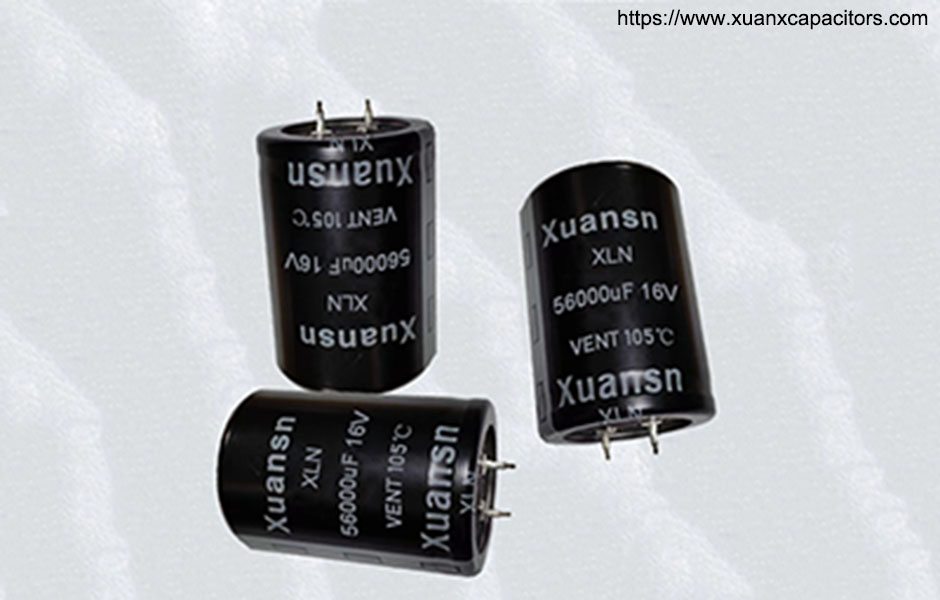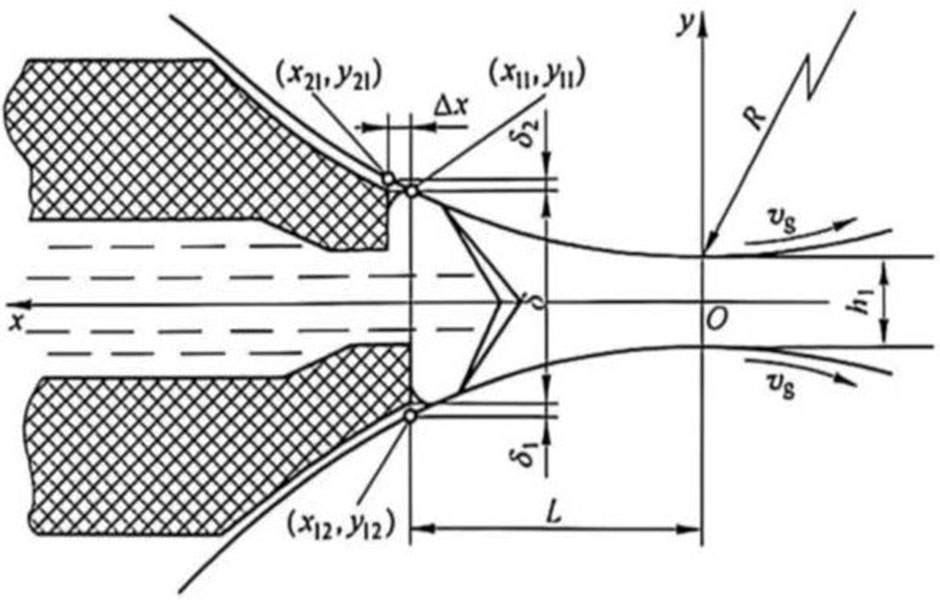1.Introduction-Safety Capacitors
 Safety capacitors refer to safety capacitors that will not cause electric shock and will not endanger personal safety after the capacitor fails. Safety capacitors are usually only used for filtering in anti-jamming circuits. They are used in the power supply filter to play the role of power supply filtering, and filter the common mode and differential mode interference respectively. For safety and EMC considerations, it is generally recommended to add a safety capacitor at the power inlet.
Safety capacitors refer to safety capacitors that will not cause electric shock and will not endanger personal safety after the capacitor fails. Safety capacitors are usually only used for filtering in anti-jamming circuits. They are used in the power supply filter to play the role of power supply filtering, and filter the common mode and differential mode interference respectively. For safety and EMC considerations, it is generally recommended to add a safety capacitor at the power inlet.
2.The difference
 The discharge of safety capacitors is different from that of ordinary capacitors. Ordinary capacitors will retain their charge for a long time after the external power supply is disconnected. If you touch them with your hands, they will be charged, but safety capacitors do not have this problem. At the input end of the AC power supply, it is generally necessary to add 3 safety capacitors to suppress EMI conduction interference.
The discharge of safety capacitors is different from that of ordinary capacitors. Ordinary capacitors will retain their charge for a long time after the external power supply is disconnected. If you touch them with your hands, they will be charged, but safety capacitors do not have this problem. At the input end of the AC power supply, it is generally necessary to add 3 safety capacitors to suppress EMI conduction interference.
3.Classification
 Safety capacitors are divided into x-type and y-type. AC power input is divided into 3 terminals: live wire L/neutral wire N/ground wire G, (L=Line, N=Neutral, G=Ground). Between “L-N”, that is, between “fire wire-neutral wire” is the X capacitor; between “L-G/N-G”, that is, between “fire wire-ground wire or neutral wire-ground wire” is Y capacitance. A capacitor connected between the live wire and the neutral wire is like an “X”, and a capacitor connected between the live wire and the ground wire is like a “Y”. These are not classified according to the material.
Safety capacitors are divided into x-type and y-type. AC power input is divided into 3 terminals: live wire L/neutral wire N/ground wire G, (L=Line, N=Neutral, G=Ground). Between “L-N”, that is, between “fire wire-neutral wire” is the X capacitor; between “L-G/N-G”, that is, between “fire wire-ground wire or neutral wire-ground wire” is Y capacitance. A capacitor connected between the live wire and the neutral wire is like an “X”, and a capacitor connected between the live wire and the ground wire is like a “Y”. These are not classified according to the material.
X capacitor: Since the location of this capacitor connection is also critical, it also needs to meet relevant safety standards. The X capacitor is also one of the safety capacitors. According to actual needs, the capacitance of the X capacitor is allowed to be larger than that of the Y capacitor, but at this time a safety resistor must be connected in parallel at both ends of the X capacitor to prevent the power cord from being damaged due to the charging and discharging process of the capacitor. Cause the power cord plug to be charged for a long time. The safety standard stipulates that when the power cord of the machine at work is unplugged, within two seconds, the charged voltage (or ground potential) at both ends of the power cord plug must be less than 30% of the original rated working voltage.
 As one of the safety capacitors, X capacitors are also required to obtain certification from safety testing agencies. X capacitors are generally marked with safety certification marks and withstand voltage AC250V or AC275V, but their real DC withstand voltage is as high as 2000V or more. When using them, do not use ordinary capacitors with a nominal withstand voltage of AC250V or DC400V as substitutes.
As one of the safety capacitors, X capacitors are also required to obtain certification from safety testing agencies. X capacitors are generally marked with safety certification marks and withstand voltage AC250V or AC275V, but their real DC withstand voltage is as high as 2000V or more. When using them, do not use ordinary capacitors with a nominal withstand voltage of AC250V or DC400V as substitutes.
Usually, X capacitors mostly use polyester film capacitors with relatively large ripple currents. This type of capacitor has a large volume, but it allows a large current for instantaneous charge and discharge, and its internal resistance is correspondingly small.
 Y capacitor: The connection position of these two Y capacitors is more critical, and must comply with relevant safety standards to prevent leakage of electronic equipment or electrification of the casing, which may endanger personal safety and life. They are all safety capacitors, which require that the capacitance value cannot be too large, and the withstand voltage must be high. In general, for machines working in subtropical regions, the earth leakage current should not exceed 0.7mA; for machines operating in temperate regions, the earth leakage current should not exceed 0.35mA. Therefore, the total capacity of Y capacitors generally cannot exceed 4700PF (472).
Y capacitor: The connection position of these two Y capacitors is more critical, and must comply with relevant safety standards to prevent leakage of electronic equipment or electrification of the casing, which may endanger personal safety and life. They are all safety capacitors, which require that the capacitance value cannot be too large, and the withstand voltage must be high. In general, for machines working in subtropical regions, the earth leakage current should not exceed 0.7mA; for machines operating in temperate regions, the earth leakage current should not exceed 0.35mA. Therefore, the total capacity of Y capacitors generally cannot exceed 4700PF (472).
The capacitance of the Y capacitor must be limited, so as to achieve the purpose of controlling the magnitude of the leakage current flowing through it and the influence on the EMC performance of the system under the rated frequency and rated voltage. GJB151 stipulates that the capacity of the Y capacitor should not be greater than 0.1uF. In addition to complying with the corresponding grid voltage withstand voltage, the Y capacitor also requires that the capacitor has sufficient safety margin in terms of electrical and mechanical properties to avoid breakdown and short circuit phenomena under extremely harsh environmental conditions. Protecting personal safety is of great significance. In particular: as a safety capacitor, the Y capacitor must be certified by a safety testing agency. Y capacitors are mostly orange or blue in appearance, and are generally marked with safety certification marks (such as UL, CSA, etc.) and withstand voltage AC250V or AC275V. However, its true DC withstand voltage is as high as 5000V or more. It must be emphasized that the Y capacitor should not be replaced by ordinary capacitors with a nominal withstand voltage of AC250V or DC400V.









